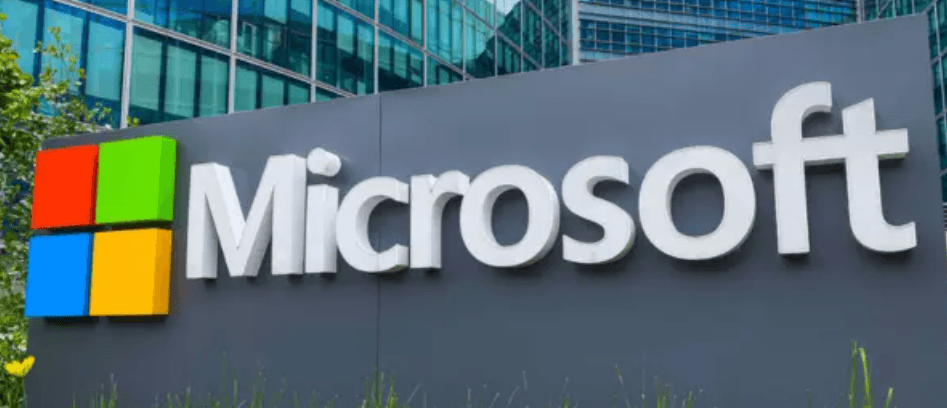DBT Bureau
Pune, 25 August 2025
Quantum computing promises major breakthroughs in medicine, material science, and more. But as technology advances, cybersecurity must evolve too. Quantum technology brings new opportunities—and new risks—especially to information security. To protect sensitive data and maintain trust in the digital systems that power economies and societies, governments must drive a cryptographic transition before quantum computers become widely available.
Microsoft announced its Quantum Safe Program Strategy, a key step to prepare for the quantum era with a security-first approach. This strategy targets early adoption of quantum-safe capabilities by 2029 and full transition by 2033, two years ahead of most government timelines.
For decades, encryption algorithms have secured passwords, private communications, and critical infrastructure. But a powerful quantum computer could make current encryption obsolete, threatening the confidentiality and integrity of digital systems.
Industry and governments must act now to make digital infrastructure quantum safe. Experts predict large-scale quantum capabilities may not appear until the 2030s, but the need to transition to quantum-safe cryptography is immediate. The process is complex and resource-intensive, and organizations that delay risk exposing sensitive data.
A serious threat already exists: malicious actors may harvest encrypted data today to decrypt later using quantum computers—known as “harvest now, decrypt later.” This makes early action critical.

Partnerships are key to a quantum-safe future.
Microsoft is deeply involved in global efforts, including:
- NIST Post-Quantum Cryptography Project
- National Cybersecurity Center of Excellence Migration to Post-Quantum Cryptography
- Internet Engineering Task Force (IETF)
- Open Quantum Safe (OQS) Project
- MITRE Post-Quantum Cryptography Coalition
Microsoft is helping develop quantum-safe algorithms, supporting adoption in standards like TLS and X.509, and promoting faster integration across commercial and open-source technologies. The company has already released early PQC capabilities to select Windows and Linux users for testing and feedback.
Private industry cannot do this alone. Governments play a critical role by setting policy and aligning strategies. To accelerate readiness, Microsoft recommends:
- Make quantum safety a national cybersecurity priority.
- Align strategies globally, with forums like the G7 leading harmonization.
- Adopt international standards to avoid fragmentation.
- Set early timelines, following examples like U.S. CNSS Policy 15 (mandating quantum-safe algorithms in new national security systems by January 2027).
- Lead by example with transparent roadmaps for timelines, milestones, and budgets.
- Raise awareness and build workforce capacity to support transition efforts.
The quantum-safe transition demands close collaboration between industry and governments. Microsoft’s strategy provides guidance for policymakers and customers, and the company invites global partners to join in securing the digital ecosystem for the quantum future.



















